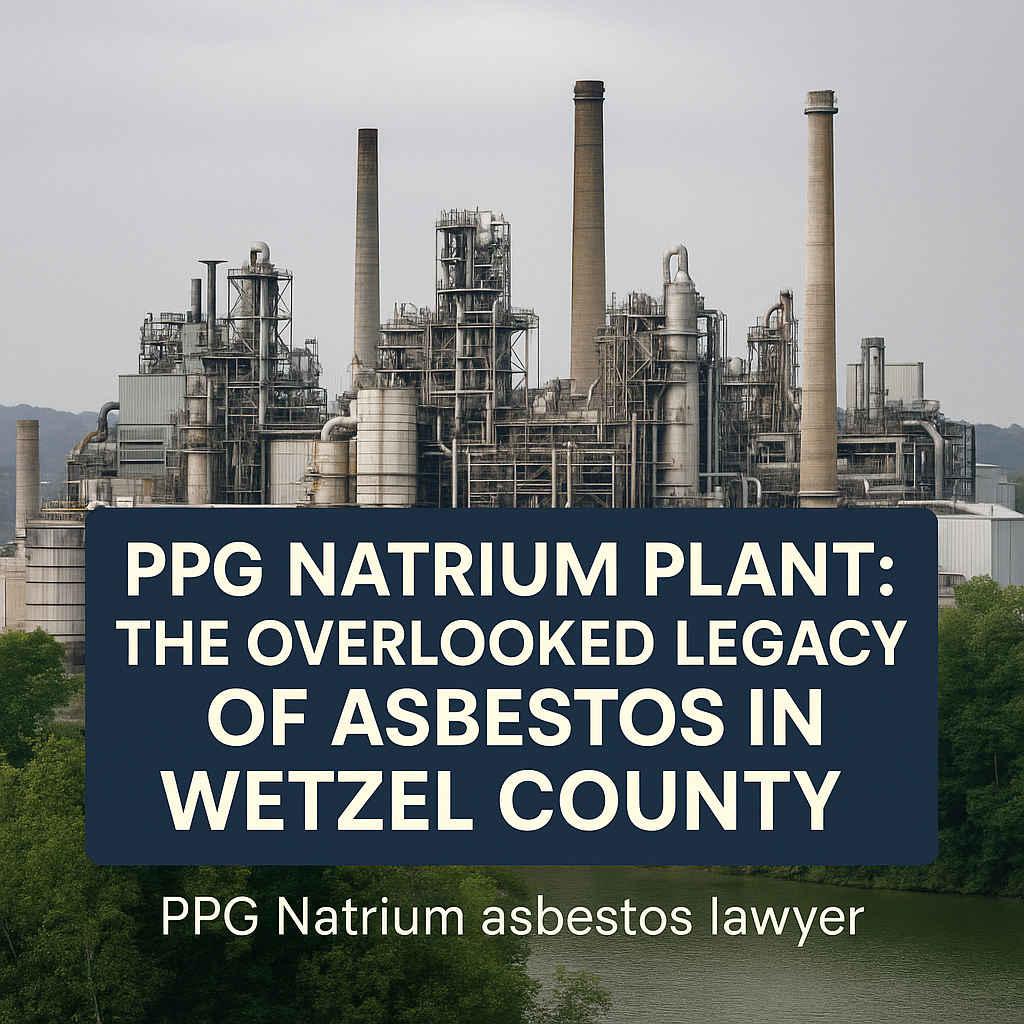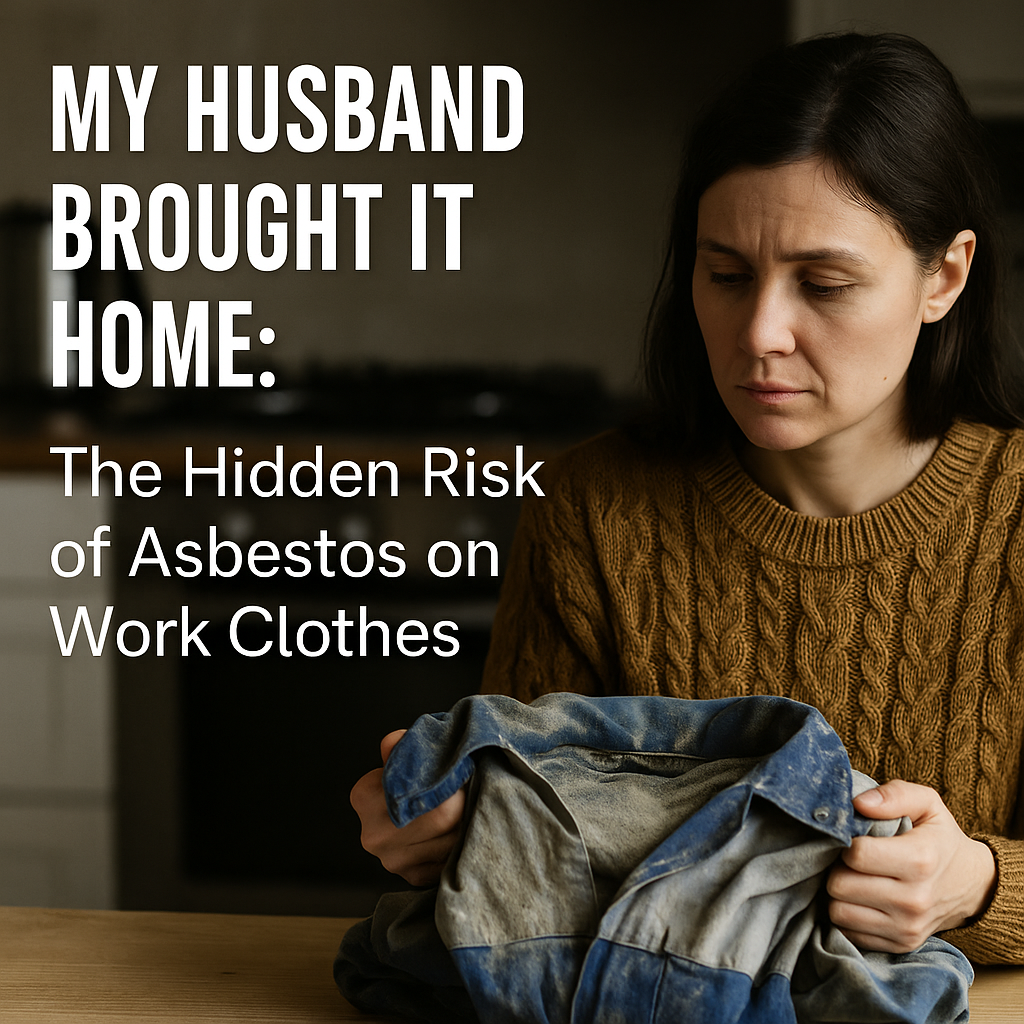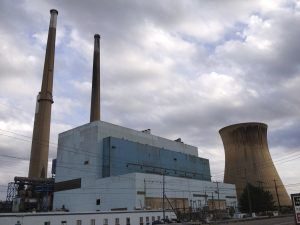As a PPG Natrium asbestos lawyer, I’ve helped West Virginians trace their exposure and fight for the justice they deserve.
For generations, the PPG chemical plant in Natrium, West Virginia employed thousands of workers in production, maintenance, and lab operations. Located along the Ohio River in Wetzel County, the facility was a major employer and part of the region’s industrial backbone.
But what many families never knew was that asbestos was used throughout the Natrium plant — especially in older insulation, piping systems, and maintenance areas. Today, former employees are being diagnosed with mesothelioma, a deadly cancer caused by asbestos exposure.
⸻
🏭 Where Was Asbestos Used at the Natrium Plant?
Based on historical industrial usage patterns, asbestos was likely present in:
• Pipe insulation and gaskets
• Boilers, turbines, and chemical tank linings
• Fireproofing materials near reactors and furnaces
• Protective clothing for maintenance and lab workers
Even those not working directly with asbestos could have been exposed through ambient dust or take-home exposure on work uniforms.
⸻
👨👩👧👦 Take-Home Exposure Was Common
Many PPG employees returned home covered in fine dust. Their spouses and children — just by doing laundry or hugging them after a shift — were unknowingly exposed. These secondhand exposures have tragically led to mesothelioma cases decades later.
⸻
⚖️ Still Time to File a Claim in WV
West Virginia allows you to file a lawsuit within two years of a mesothelioma diagnosis, not the exposure date. If your loved one worked at PPG Natrium and was later diagnosed, a PPG Natrium asbestos lawyer can help investigate, document the exposure, and pursue a claim.
⸻
👨⚖️ Why Work With Lee W. Davis?
• 35+ years of asbestos litigation experience
• Based near West Virginia with local site knowledge
• Handles all cases personally — no case farming
• Only paid if we win your case
⸻
📄 Learn More and Get Help
📥 Download the Take-Home Exposure Legal Guide
🔗 More about asbestos claims in West Virginia
📞 Call (412) 781-0525 or contact us online




